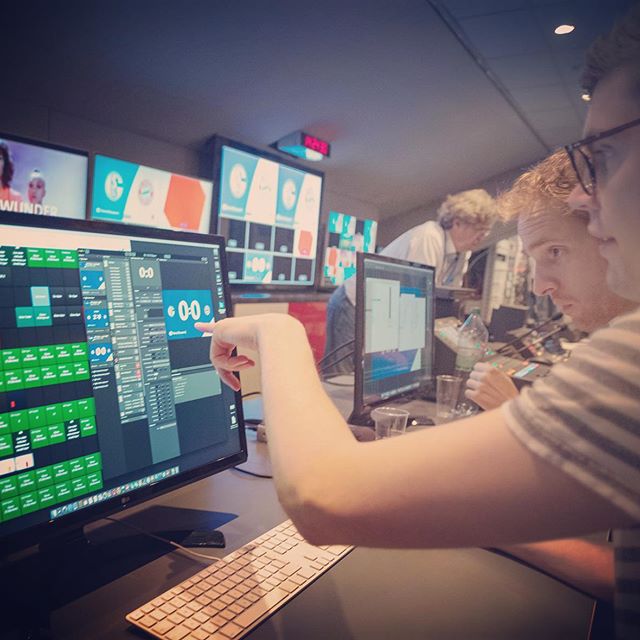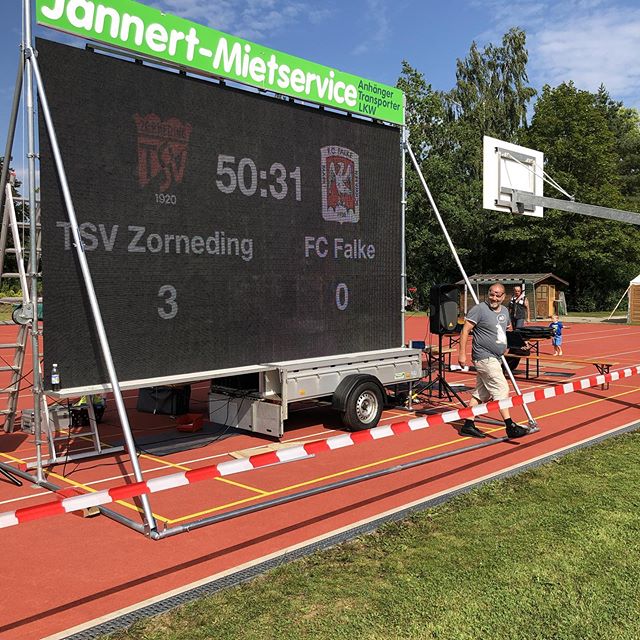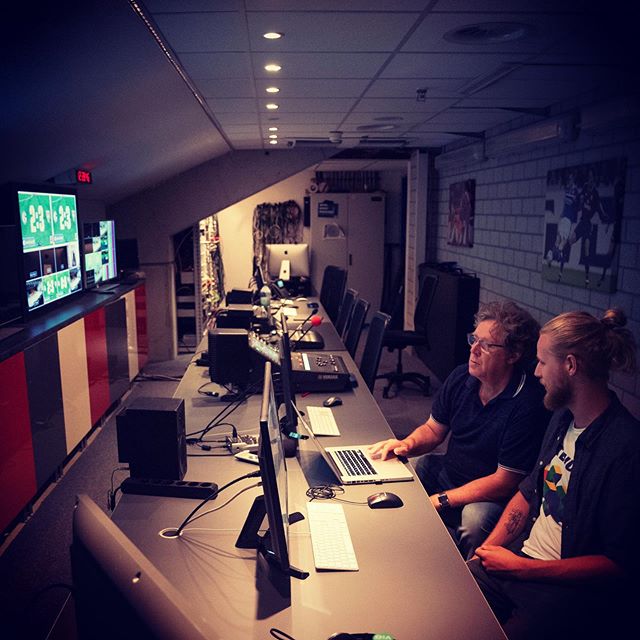Drew Jamieson and his students originally decided to use iStopMotion to create a movie. After they read a book in class for their read-aloud period, the class normally watches the movie that goes along with it. When they realized there was no movie for their most recent book, Abel’s Island, they decided to make one themselves.
A fellow teacher at JP Robarts PS in London, ON, showed Drew iStopMotion, and he knew that it would be the perfect program for his class to create their movie replica of Abel’s Island. From that point forward, the class was hooked, and iStopMotion became a staple in Drew’s classroom.
The team worked with iStopMotion again when they made Claymation videos for Remembrance Day. These videos were shared at the school’s Remembrance Day ceremony.
“It was quite touching,” Drew says of the videos. “We are really proud.”
Most recently, Drew and his students created short iStopMotion videos for Valentine’s Day.
“This was an art project, and the kids were given a lot of creative freedom,” he says. “Basically, they were asked to create something connected to Valentine’s Day using the program. They spent about twenty minutes brainstorming different ideas, and then they set to work. Students used everything from markers and construction paper to clay and math manipulatives. Each group produced a video that was in the range of ten to thirty seconds. A lot of them also added Valentine’s Day music to their clips.”
The class has certainly learned from their iStopMotion experiences, and they’ve gathered a lot of tips for beginners. Drew suggests setting a chunk of time aside, probably an hour or more, making a bunch of supplies available, and letting the kids play.
“They will figure out the program very quickly, and what they will be creating within that first hour will be very impressive,” he says. “Once they’ve had a good, long, unstructured chance to play with the program, then they will be ready to use it as a tool for learning.”
Drew is a huge advocate of using technology in the classroom. He says that the class loves iStopMotion, and they’ve used it in language, art and history so far. Other than iStopMotion, the students use Twitter to share their work and to communicate with parents, Socrative for quizzes and exit tickets, DailyMeet to share their thoughts, Linoit for sharing their work, ClassDojo for behavior management, Google Drive for collaboration, Edmodo for after-school assignments, KidBlog for blogging, YouTube for sharing, and many, many more programs that add a unique feel to the classroom.
“Technology allows for greater engagement with students,” Drew says. “As long as it is used wisely, it can be a great tool to facilitate learning.”
Drew and his students plan to use iStopMotion again with their upcoming Human Organ System lesson. Drew believes that demonstrating how human organs work seems like the perfect topic to use iStopMotion with. We couldn’t agree more! We wish the best of luck to Drew and the team at JP Robarts PS, and we’re looking forward to “picking their brains” when they’re done learning about the human organ system!










